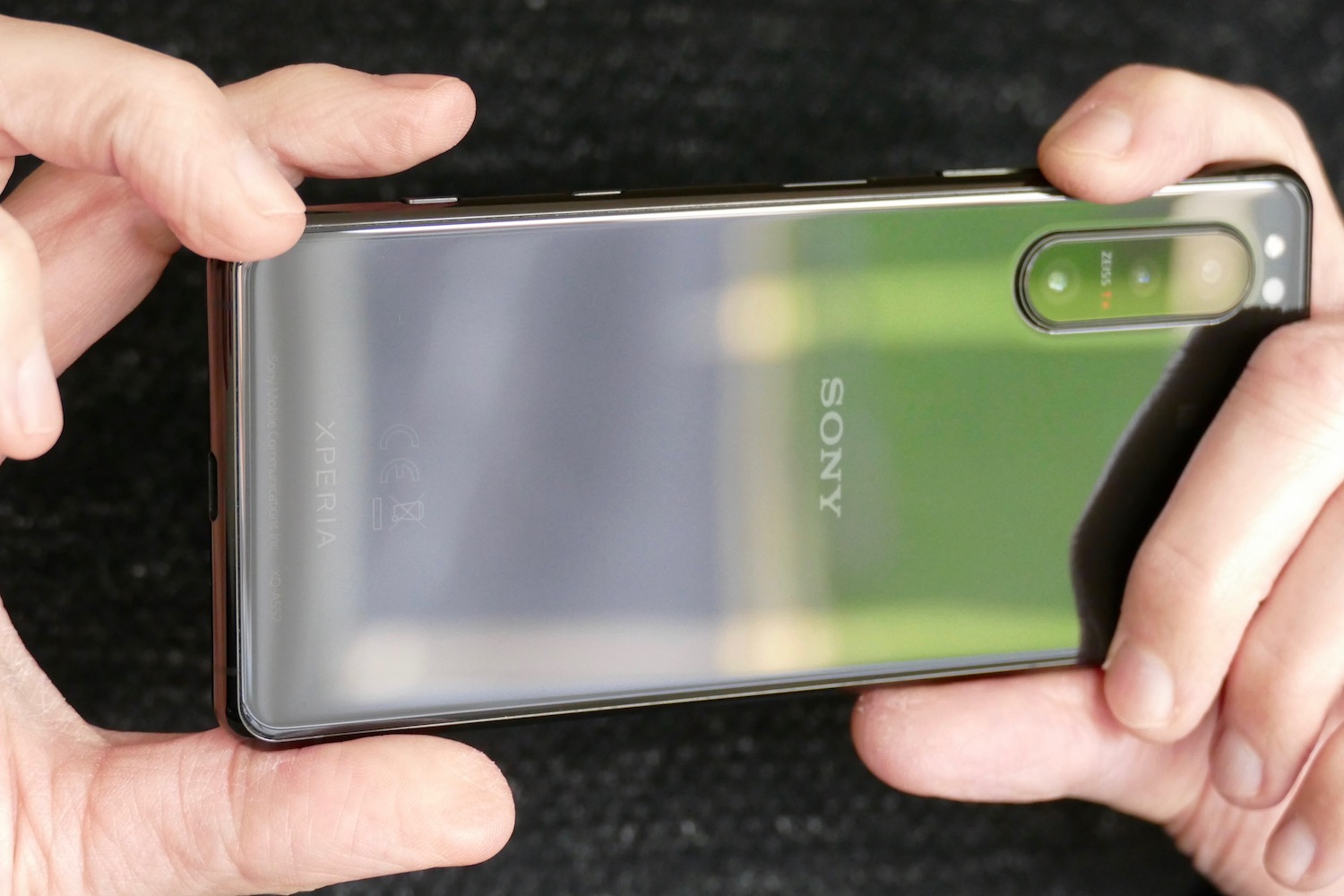Exciting news is on the horizon for tech enthusiasts! Sony is set to unveil its latest flagship smartphone, likely named the Xperia 1 VII, on May 13. Renowned for exceptional camera technology and expertise in high-end computational photography, Sony’s new device promises to bring exciting advancements. Preliminary hints suggest that the Xperia will incorporate technology from Sony’s Alpha series cameras, setting the stage for impressive photographic capabilities.
Unlike many smartphone brands that partner with camera manufacturers for acclaim, Sony has a rich legacy in photography, which positions the Xperia 1 VII as potentially the best camera phone of the year. Here’s what makes it stand out.
Samsung’s Missed Opportunity

Brand recognition plays a crucial role in smartphone selection, with many users gravitating towards Samsung. The Galaxy S25 Ultra is touted as a standout with its impressive camera, yet my recent experience revealed that while it performs well, it doesn’t exceed expectations. After using it as my main camera during a weekend getaway, I found myself spending significant time editing photos to achieve the desired look. Editing should enhance photos, not become a necessity for basic quality. Issues with colors, contrast, and stabilization detract from its overall capability.
Although the S25 Ultra fared well in camera tests, it’s essential to note that the primary camera did not take the lead, raising questions about its ‘best camera’ claims. It’s a solid choice, but not the top pick for serious photography enthusiasts, leaving an opening for a rival.
How Do Other Brands Compare?

The Xiaomi 14 Ultra was considered a top-tier camera phone in 2024, but the newer 15 Ultra, although very capable, hasn’t achieved quite the same level. Partnering with Leica provides Xiaomi an edge, giving it the prestige necessary to make waves in smartphone photography. They even create a camera-shaped case with physical controls, emphasizing their commitment.
However, innovative designs can fall short. The 15 Ultra’s camera software lags behind its hardware capabilities, leaving it with untapped potential. Meanwhile, Google’s Pixel line, including the Pixel 9, consistently delivers quality but lacks the cutting-edge advancements that put it ahead of the competition.
Will Sony Seize the Moment?

This scenario positions Sony uniquely to claim the title of the best camera phone in 2025, provided they execute effectively. Their history and innovation in camera technology give them a strong foothold. Having visited Sony’s headquarters, I’ve seen their dedication to reinvigorating their smartphone offerings with advanced eye-tracking technology and collaboration with Alpha camera teams on camera software. With all that effort, the Xperia 1 VII could indeed have rebuffed the competition.
a genuine chance to secure the best camera phone of 2025
Though Sony’s ability to deliver a standout camera phone has yet to be fully realized, the potential remains. They produce essential camera components used even in competing flagship devices. If the Xperia 1 VII effectively combines all these elements, it could indeed lock in the title of best camera phone—so long as consumers get the chance to experience it before it fades into obscurity.
Could the Xperia 1 VII become Sony’s breakthrough device in the competitive smartphone market? The stakes are high, and only time will tell how well it can integrate advanced camera technology with an intuitive user experience.
What features should you look for in a smartphone camera? Factors such as lens quality, stabilization, and software are crucial in determining camera performance. A robust camera app and comprehensive editing features can significantly enhance your photography experience.
Is the Xiaomi 15 Ultra a strong competitor to the Xperia 1 VII? With its Leica partnership and innovative design, it’s a serious contender but lacks some software optimization needed to keep pace with the top-tier devices.
How does Google’s Pixel 9 compare to other flagship smartphones? It provides solid performance that meets most users’ needs, but it doesn’t dominate the market anymore, focusing more on AI features than raw photographic prowess.
What are the considerations when choosing a camera phone in 2025? Look for advancements in optical technology, lens versatility, and features like manual controls and robust image processing capabilities to capture high-quality images.
In conclusion, as the smartphone landscape evolves, many factors contribute to which device comes out on top. For now, keep an eye on Sony—the Xperia 1 VII might just be the camera phone you didn’t know you were waiting for. For more insightful tech content, make sure to explore Moyens I/O.
